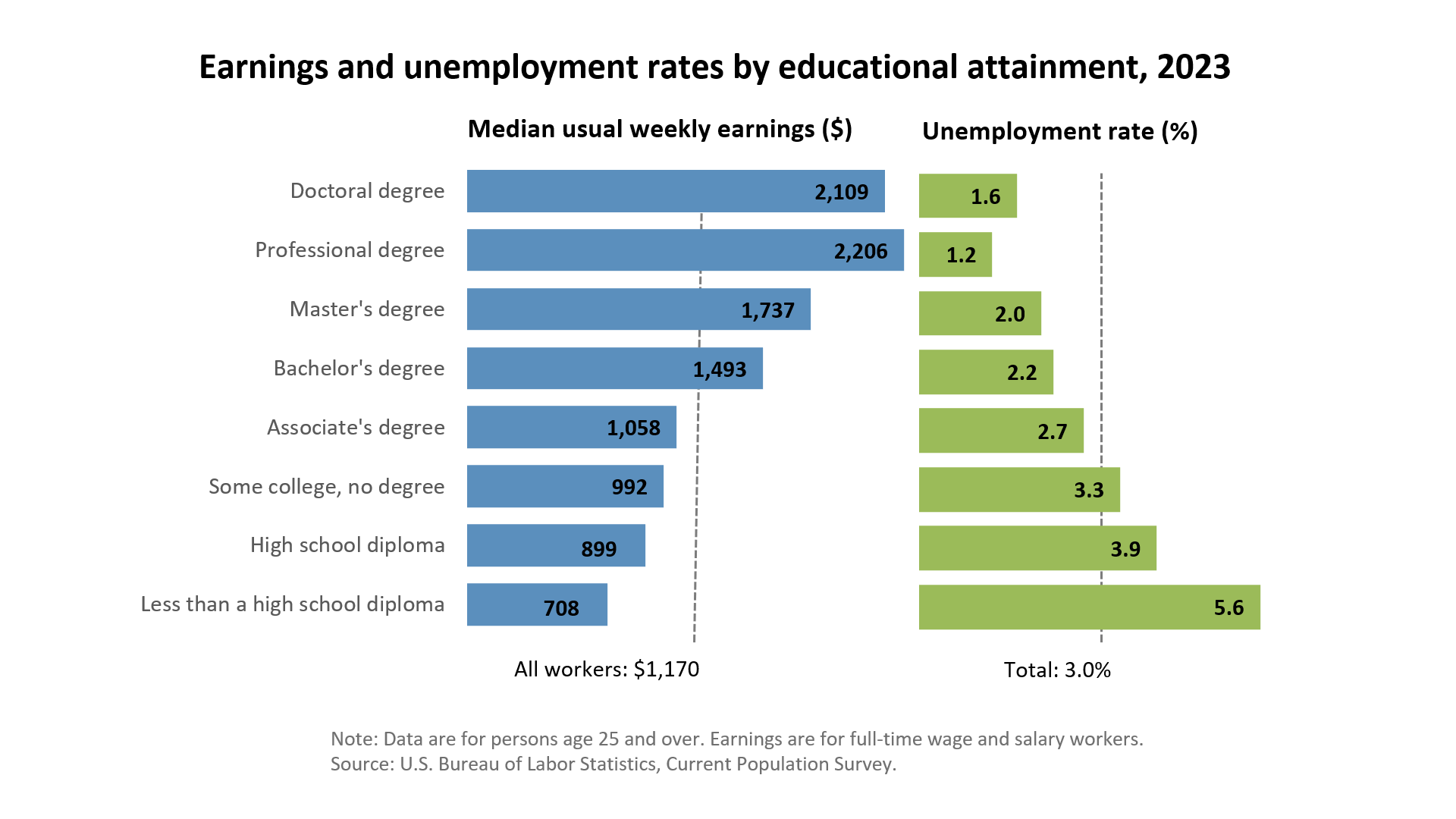Get Matched With Online Colleges
University of Hawaii at Hilo (UH Hilo) is a public academic institution located in Hilo, Hawaii. Founded in 1945, it is one of 10 general campuses associated with the University of Hawaii system. US News & World Report ranked the school number one among the most diverse national universities.
Search All Programs
Overview of University of Hawaii at Hilo (UH Hilo)
This regional university primarily focuses on providing high-quality baccalaureate and limited postgraduate education, with faculty utilizing scholarship and research to engage students. It also strives to maintain a community that works together across disciplines and diverse perspectives to prepare student scholars to thrive, compete, innovate, and lead in their professional and personal lives. Additionally, University of Hawaii at Hilo (UH Hilo) works to improve the quality of life of the people of Hawaii, the Pacific region, and the entire world.
There are approximately 3,243 students enrolled at University of Hawaii at Hilo. Of those, 2, 763 are pursuing undergraduate degrees. The total number of full-time faculty employed by the institution as of fall 2021 was 182, all of whom focus their efforts on instruction. There were also 68 part-time faculty members. This makes the student-to-faculty ratio 13:1, which is better than the average for most institutions in the United States. The average class size reported by the school is only 16. It’s also worth noting that the university maintains four instructional graduate assistants and eight research graduate assistants.
General Information
| School Type | Public |
|---|---|
| Campus Setting | Town: Remote |
| Campus Housing | Yes |
| Student Faculty Ratio | 13:1 |
| Graduation Rate | 38% |
| Year Founded | 1947 |

Student Enrollment
Total Students3,243
2,763
480
Undergraduate Student
Male 967
Female 1,796
Graduate Student
Male 168
Female 312
Explore Map
Top Rankings For University of Hawaii at Hilo
UH Hilo Acceptance Rate and Admissions
APPLICATIONS2,900
ACCEPTANCE2,668
Acceptance Rate92%
Enrollment 454
| Admissions | |
|---|---|
| Application Fee | $50 |
| High School GPA | Required |
| High School Rank | Recommended |
| High School Transcripts | Required |
| College Prep Courses | Recommended |
| Recommendations | N/A |
| SAT/ACT | Considered But Not Required |
| TOEFL (Test of English as a Foreign Language) | Recommended |
| Application Deadline | July 1 |
| Common Application Accepted | No |
UH Hilo Tuition Cost & Financial Aid
Tuition rates at University of Hawaii at Hilo vary based on the enrollment status and the number of credit hours taken. As of the 2022-2023 academic year, students enrolled in 12 or more credit hours pay a flat tuition rate per semester. For residents, this charge is $3,672. Non-residents, on the other hand, will owe $10,152. Those attending school part-time will pay per credit hour. In-state students are charged $306 per credit hour, but out-of-state students must pay $846 per credit hour.
It’s important to note that tuition rates are different for graduate students. Hawaii residents enrolled full-time are charged $5,868 per semester, although non-residents must pay $13,284 per semester. Part-time attendees are charged based on the number of courses taken, with in-state students paying $489 per credit hour and out-of-state students paying $1,107 per credit hour. It’s also important to note that two of the school’s graduate programs are more expensive. Those interested in the graduate nursing and pharmacy degrees will cost between $797 and $1,710 per credit hour or $9,564 and $20,520 per semester for full-time students, depending on residency status.
Prospective students should note that everyone enrolled at University of Hawaii at Hilo is subject to campus-based fees, not included in the tuition rates listed. This includes, but may not be limited to, costs associated with on-campus activities, facilities, parking, and insurance. Those planning to attend the institution should also plan to pay for books, supplies, room, board, and transportation, as well as any other necessary personal expenses.
University of Hawaii at Hilo does offer on-campus housing and meals plans. Accommodations are also available for single, married, and physically challenged students enrolled in at least 12 credit hours per semester. Rates vary from $1,772 to $3,150, depending on the selection made. Meal plans range in cost from $2,470 per semester to $2,863 per semester, depending on the number of meals needed each week.
The overall expense of attending the University of Hawaii at Hilo may be offset by applying for various forms of financial aid. All incoming students are encouraged to submit Free Application for Federal Student Aid (FAFSA) applications, as these are used to determine eligibility for federal grants, scholarships, work-study, and loans. As of the 2020-2021 academic year, 90% of beginning undergraduate students enrolled at University of Hawaii at Hilo received some form of financial aid. While the majority of assistance came in the form of scholarships and grants, 31% of students still required student loans to attend.
| Average net price | 2020-2021 |
|---|---|
| Net Price | $13,255 |
| Average Total Aid | $6,193 |
| Students Receiving Financial Aid | 90% |
| Room & Board | $8,248 |
Sticker Price
- Tuition In-State - $7,838
- Tuition Out-of-State - $20,798
- Books and Supplies - $1,350
- Room & Board - $8,248
- Other - $3,966
Academics
University of Hawaii at Hilo challenges students to reach their highest level of academic achievement by inspiring learning, discovery, and creativity both inside and outside of the classroom. While the primary focus is undergraduate education, the institution does offer two PhD programs and three master’s programs. Among these is a unique doctorate of nursing practice with a rural focus. There are also over 85 academic degrees and certificates rooted in Hawaiian language and culture.
Students can choose from a wide variety of majors and minors offered in the following areas of study:
- College of Agriculture, Forestry, and Natural Resource Management
- College of Arts and Sciences
- College of Business and Economics
- College of Natural and Health Sciences
- Daniel K. Inouye College of Pharmacy
- Ka Haka ‘Ula O Keʻelikōlani College of Hawaii Language
According to the National Center for Education Statistics (NCES), the retention rate for first-time students pursuing bachelor’s degrees full-time in 2021 at University of Hawaii at Hilo was 71%. This is notable, as the national average for all higher education institutions in the US is 68%. The retention rate for part-time students was a little lower, however, at 40%. This still indicates that the majority of those enrolled at the university were pleased with their experiences and decided to return for a second year of study in 2022.
Graduation rates are slightly lower. The overall graduation rate for full-time, first-time degree or certificate-seeking students who began their studies at University of Hawaii at Hilo in fall 2015 was 43%, with no transfer-out rate documented. This data is significant, as it indicates the number of students who successfully earned their degrees or certificates within 150% of the standard completion time, which is about six years. Most students strive to graduate within four years of enrollment; only 27% of those who began their studies in fall 2015 were able to achieve this, however.
University of Hawaii at Hilo is accredited by the Accrediting Commission for Senior Colleges and Universities of the Western Association of Schools and Colleges (WASC), an accreditation agency recognized by the United States Department of Education and the Council for Higher Education Accreditation (CHEA).
Retention
Rate
4 year
Graduation
Rate
6 year
Graduation
Rate
Student Population Total
Student Population 3,243
2,763
480
Most Popular Programs & Majors
(# of Diplomas Awarded by Subject)
| Health Professions and Related Programs | 123 Total Graduates / 19% |
|---|---|
| Registered Nursing/Registered Nurse | 77 Graduates |
| Pharmacy | 46 Graduates |
| All Social Sciences Majors | 79 Total Graduates / 13% |
| Political Science and Government, General | 27 Graduates |
| Anthropology, General | 19 Graduates |
| Sociology, General | 18 Graduates |
| Geography | 13 Graduates |
| Economics, General | 2 Graduates |
| All Business Majors | 61 Total Graduates / 10% |
| Business Administration and Management, General | 50 Graduates |
| Accounting | 11 Graduates |
| All Biological & Biomedical Majors | 58 Total Graduates / 9% |
| Biology/Biological Sciences, General | 31 Graduates |
| Marine Biology and Biological Oceanography | 27 Graduates |
| All Psychology Majors | 50 Total Graduates / 8% |
| Psychology, General | 50 Graduates |
| All Other Diplomas | 41% |
Outcome & Salary
According to data provided by a survey conducted by the Strada Education Network, the majority of alumni from the University of Hawaii at Hilo say their degrees were worth the investment and helped them achieve their goals. While the data also includes two other Hawaii public schools, it surveyed over 1,100 alumni who graduated with bachelor’s degrees. Overall, 74% said their education was worth the cost and 76% said their institutions helped them achieve their goals. Additionally, 79% of graduates said their degrees helped prepare them for their careers and 78% stated that attending the universities prepared them for a better quality of life. These statistics are all above national averages.
According to PayScale, graduates from University of Hawaii at Hilo earn an average base salary of $68,000 per year.
| Graduates Salary | |
|---|---|
| College Grads Early Career Salary | $48,000 |
| College Grads Average Salary | $68,000 |
| College Grads Mid Career Salary | $76,700 |
| Return on Investment (ROI) | |
|---|---|
| 10 Year Salary Earnings Potential | $680,000 |
| 20 Year Salary Earnings Potential | $1,447,000 |
| Cost of Education (Net Price) 4 Year | $53,020 |
| 10 Year Projected ROI | $626,980 |
| 20 Year Projected ROI | $1,393,980 |
| No College Education Salary Comparison | |
|---|---|
| National Average Salary | $38,792 |
| 10 Year Projected Income | $387,920 |
| 20 Year Projected Income | $775,840 |

Photos & Videos
Related Top College Resources





